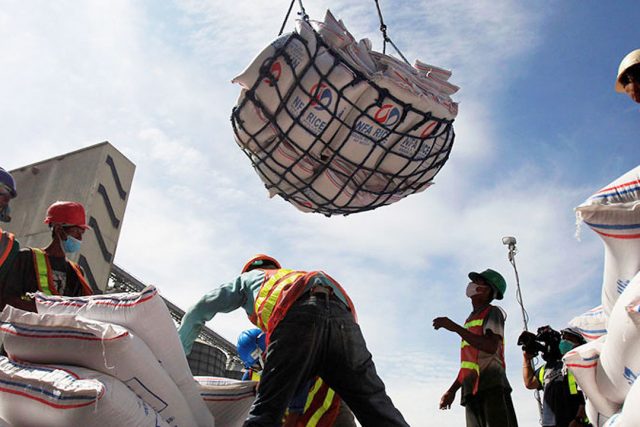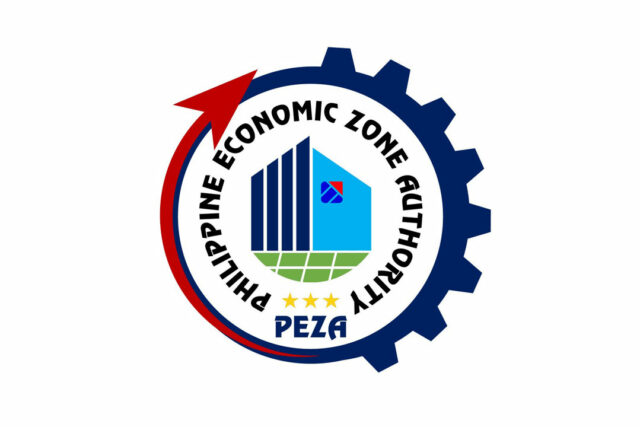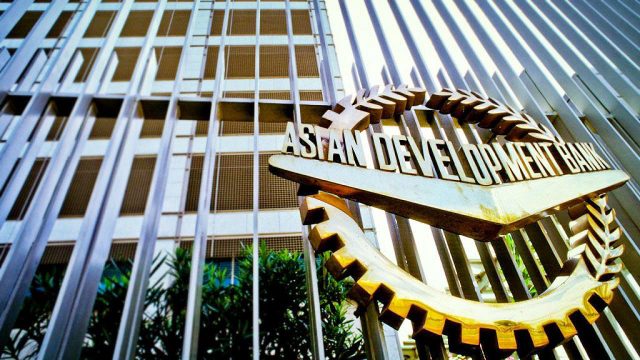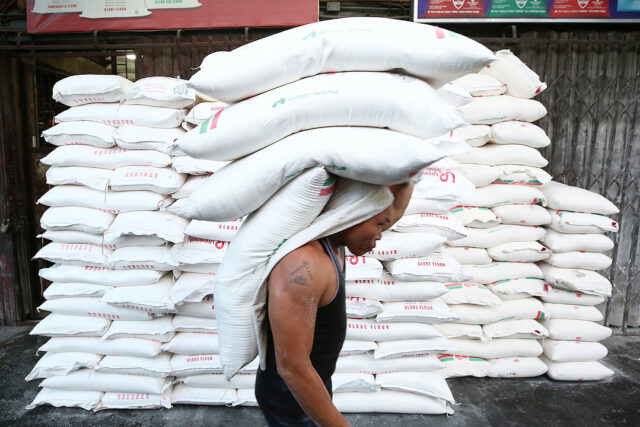In recent years, advances in technology and shifting workforce expectations have made work-from-home (WFH) arrangements more mainstream. The COVID-19 pandemic further accelerated this trend, compelling various companies and industries to adapt to remote work setups. According to the 2021/2022 Integrated Survey on Labor and Employment (ISLE) by the Philippine Statistics Authority, 27% of establishments in the Philippines adopted WFH arrangements, reflecting a significant shift in work practices. Alongside corporate adjustments, the government has introduced initiatives to support and regulate these changes.
GOVERNMENT INITIATIVES AND REGULATIONS
Under Philippine law, Philippine Economic Zone Authority (PEZA)-registered companies are required to operate within the economic zones to be entitled to tax incentives. Temporary work adjustments had to be made in response to the lockdowns brought about by the pandemic.
Under Memorandum Circular (MC) No. 2021-049, in relation to Fiscal Incentives Review Board (FIRB) Resolution No. 19-2021, PEZA permitted Information Technology-Business Process Management (IT-BPM) Registered Business Enterprises (RBEs) to operate outside their economic zones with up to 90% of their workforce working from home for the period Sept. 13, 2021, to Dec. 31, 2021, without losing their fiscal incentives. The threshold was reduced to 75% from Jan. 1, 2022, to March 31, 2022.
PEZA later sought an exemption from the WFH threshold requirement of its IT-BPM RBEs. However, the FIRB emphasized that the rules called for IT-BPM RBEs to operate within economic zones, and hence denied the request through Resolution No. 23-21. In this regard, PEZA issued MC No. 2022-018, serving notice that the FIRB had rejected the proposal to extend the WFH arrangement beyond March 31, 2022.
Given the corresponding penalties for violation, many IT-BPM RBEs were concerned about failing to meet the 100% on-site reporting requirement. Numerous employees also expressed their preference for WFH and flexible set-ups, citing convenience and the minimized risk of COVID-19 exposure. These concerns were perhaps heard as PEZA subsequently issued Board Resolution No. 22-052, which allowed IT-BPM RBEs to adopt WFH arrangements for up to 30% of their total workforce starting April 1, 2022. After several extensions, this lasted until Dec. 31, 2022, as per FIRB Resolution No. 026-2022.
As businesses return to pre-pandemic work arrangements, many employees have expressed their preference for WFH and flexible setups. Several surveys indicate that many employees are willing to switch jobs for the chance to work from home, driven by considerations of health, convenience, and work-life balance. This shift in preference has led IT-BPM RBEs companies to worry about losing their people due to the 100% on-site reporting requirement. In response, some IT-BPM RBEs have considered canceling their registration with PEZA. To address this concern, FIRB Resolution No. 026-2022 gave PEZA IT-BPM RBEs the opportunity to register with the Board of Investments, which allows 100% WFH arrangements, without taking away any fiscal incentives.
As such, the Department of Trade and Industry (DTI) issued MC No. 22-19, detailing the guidelines for registering IT-BPM RBEs with the BoI. The FIRB and the Bureau of Internal Revenue (BIR) later respectively issued FIRB Advisory 008-2022, and Revenue Memorandum Circular No. 142-2022 to disseminate the guidelines. Further, PEZA released MC No. 2022-067 and MC No. 2022-070, which provided further details supplementing the DTI’s memorandum.
The guidelines apply to IT-BPM RBEs that have remaining tax incentives under Section 311 of the 1997 Tax Code, as amended, or those with approved incentives as of Sept. 14, 2022, under the CREATE Act with the concerned Investment Promotion Agency administering the economic or freeport zone. These companies had until Dec. 31, 2022, to complete their registration with the BoI.
RECENT LEGISLATIVE DEVELOPMENTS
On Sept. 10, the bicameral conference committee reconciling the House and Senate bills approved the Corporate Recovery and Tax Incentives for Enterprises to Maximize Opportunities for Reinvigorating the Economy (CREATE MORE) bill. This bill builds upon the CREATE Act and aims to refine, enhance, and expound on the fiscal incentives system to better support economic growth, investment, and recovery. A notable provision in the CREATE MORE bill is allowing RBEs located in economic or freeport zones to offer telecommuting programs, which include WFH arrangements of up to 50% of their total workforce without losing their fiscal incentives.
COULD THIS ADDRESS THE EMERGING CONCERNS ABOUT WFH?
Aside from the shift in preference to flexible work arrangements, enabling WFH might potentially help entities reduce overhead items such as office space, utilities, and maintenance. Studies found WFH to be a cost-effective strategy — both for employees and employers. Undeniably, this is beneficial to the IT-BPM industry but a threat to the real estate industry. A compromise may have been thought of since the CREATE MORE bill allowed a WFH level of 50%. By capping WFH at 50%, the government may be seeking to support the commercial real estate industry, which relies on occupancy. Moreover, the limit helps ensure that companies retain some on-site presence to facilitate face-to-face meetings, training sessions, and teamwork, which can be essential to a business.
With the WFH arrangement changes in CREATE MORE, certain questions arise:
• For PEZA IT-BPM RBEs that are also registered with the BoI, will there be a need to cancel their BoI registration since CREATE MORE bill prohibits double registration with IPAs?
• Since BoI does not administer ecozones and freeports and is not covered by the WFH restriction or prohibition, can the IT-BPM RBEs currently registered with both PEZA and the BoI be allowed to fully transfer their registration to the BoI to benefit from the 100% WFH incentive? Investors might be encouraged to fully transfer to the BoI if they plan to implement a WFH arrangement exceeding 50%.
Once the bill is signed, perhaps some Implementing Rules and Regulations (IRRs) will be issued to address these questions to help the existing businesses transition to the requirements of the CREATE MORE.
For investors who plan to set up a new entity or new projects, perhaps it is worth comparing the advantages and disadvantages of registering with either the PEZA or the BoI. There can be other items to look into, such as ease of registration and requirements, and reporting requirements to consider before making a decision.
CONCLUSION
In the recent years, significant changes and developments have helped companies adapt to a dynamic business environment. These changes, such as the Bureau of Internal Revenue’s (BIR) focus on streamlining tax processes, enhancing digitalization, and providing clearer compliance guidelines, aim to support businesses and not add to their burdens. The CREATE MORE bill, which is currently awaiting approval by the President, proposes to expand fiscal incentives and support flexible work arrangements such as WFH. Certainly, this will have implications on the registrations of affected businesses, which must thoroughly evaluate their options to make well-informed decisions. Nonetheless, let us hope that these measures effectively address businesses’ needs, helping them achieve their goals.
Let’s Talk Tax is a weekly newspaper column of P&A Grant Thornton that aims to keep the public informed of various developments in taxation. This article is not intended to be a substitute for competent professional advice.
Clyde R. Mosquera is a senior in charge of the Tax Advisory & Compliance division at Cebu office of P&A Grant Thornton, the Philippine member firm of Grant Thornton International Ltd.
pagrantthornton@ph.gt.com












